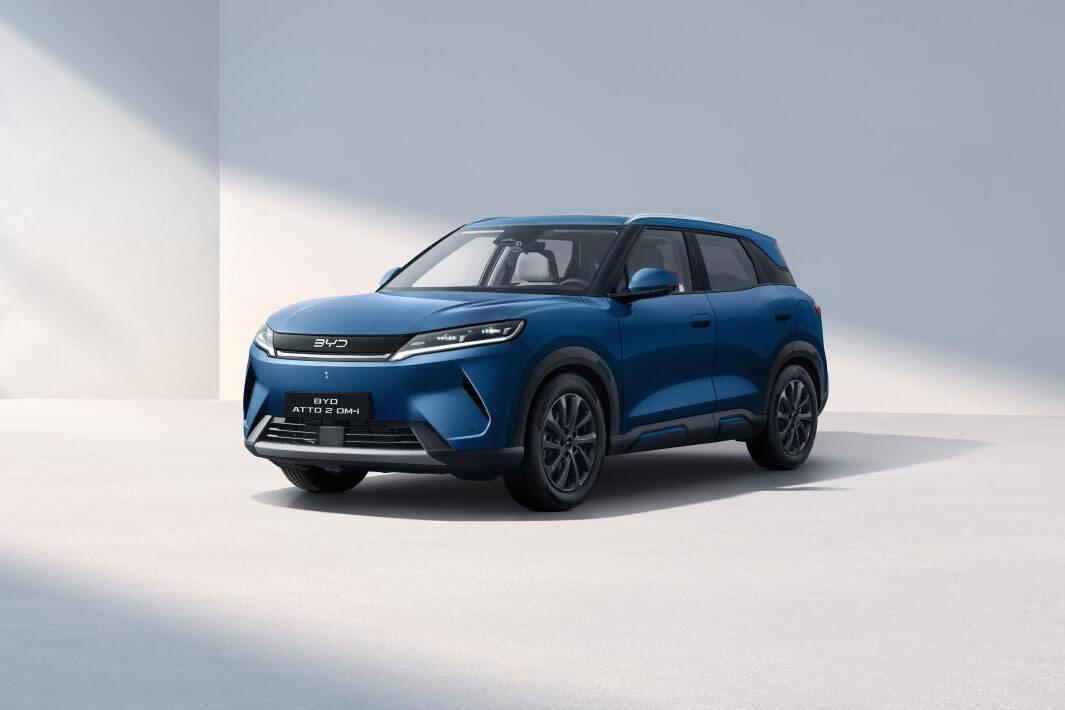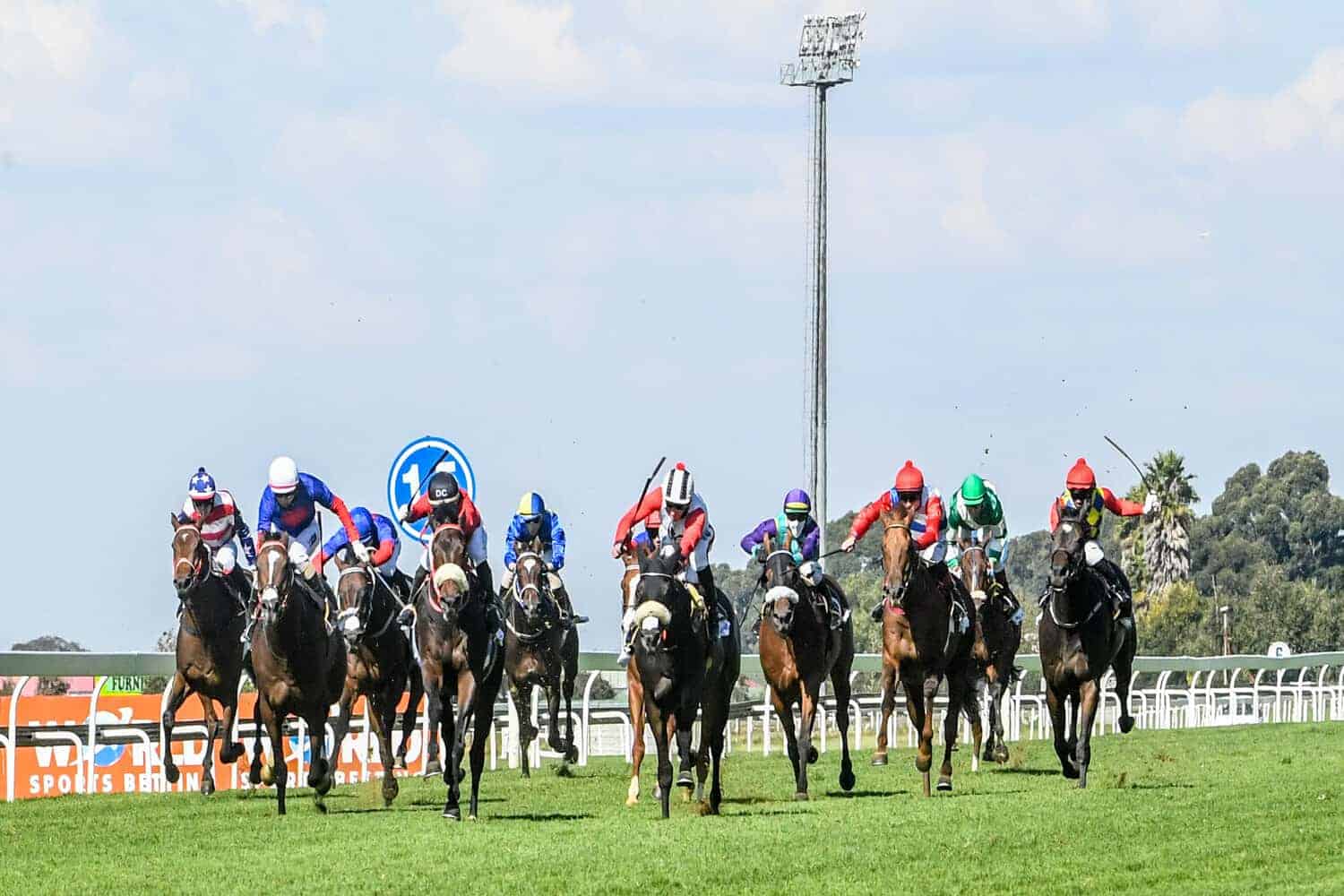‘Land Rover’ Discovery shows it still has it despite Defender success



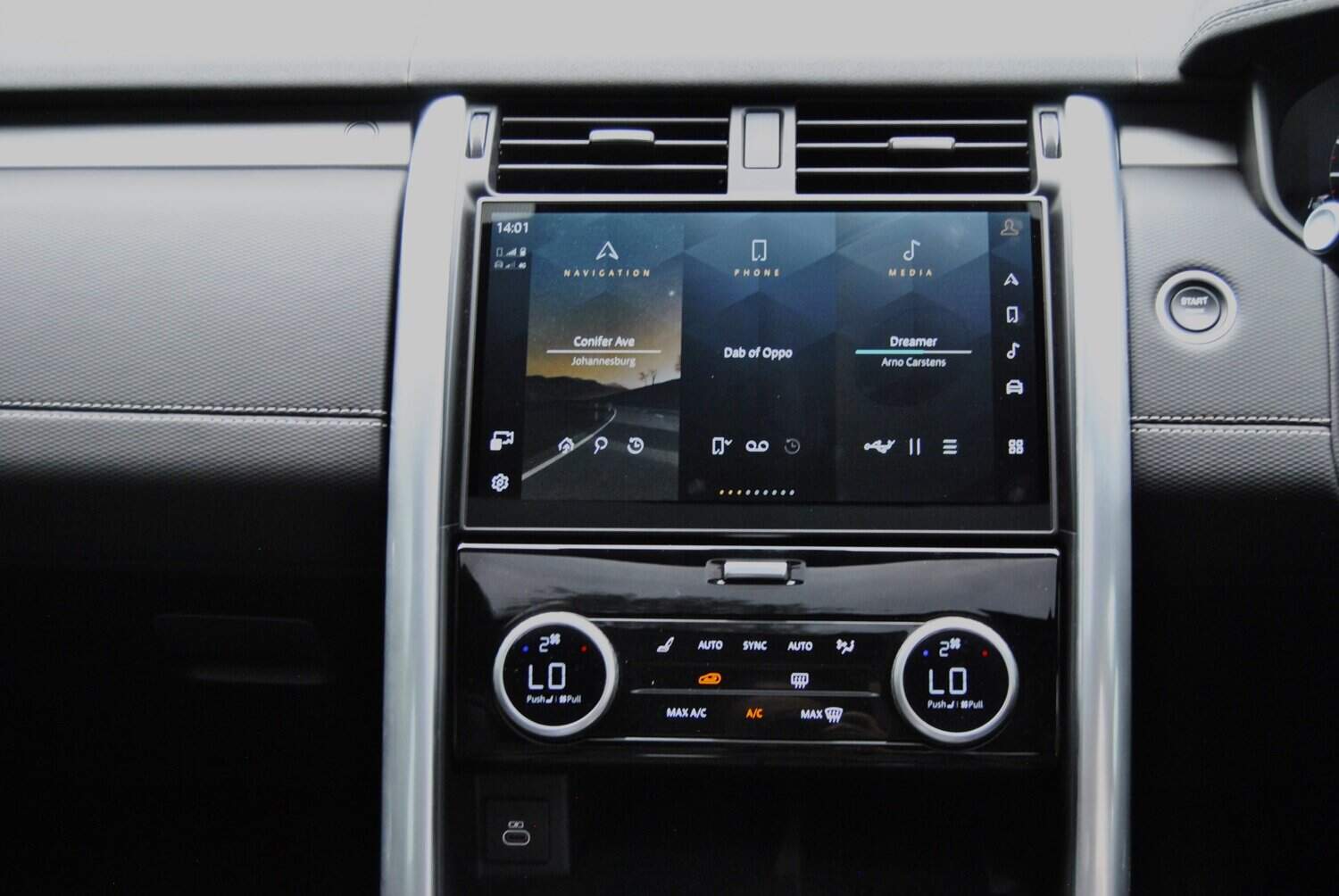
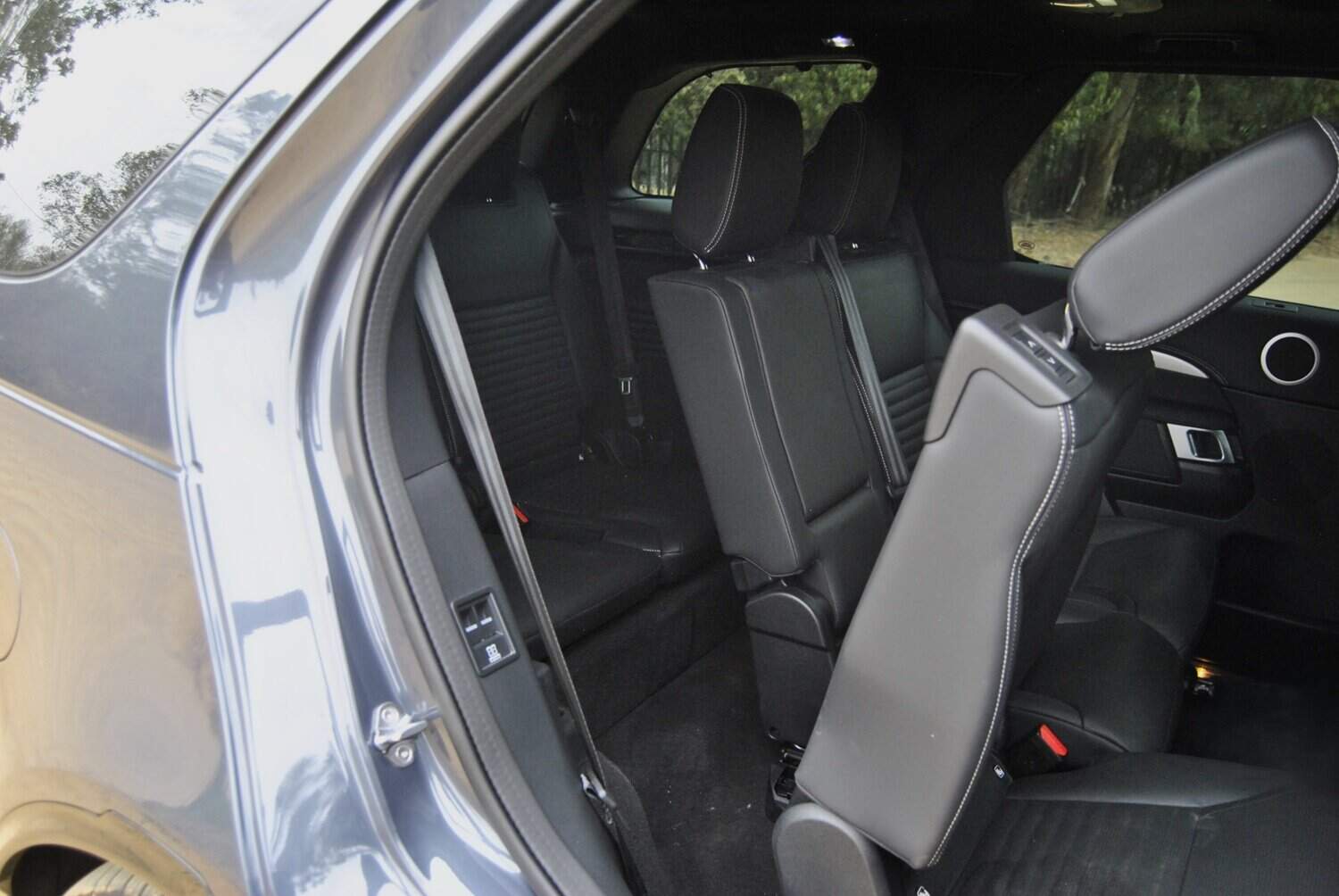


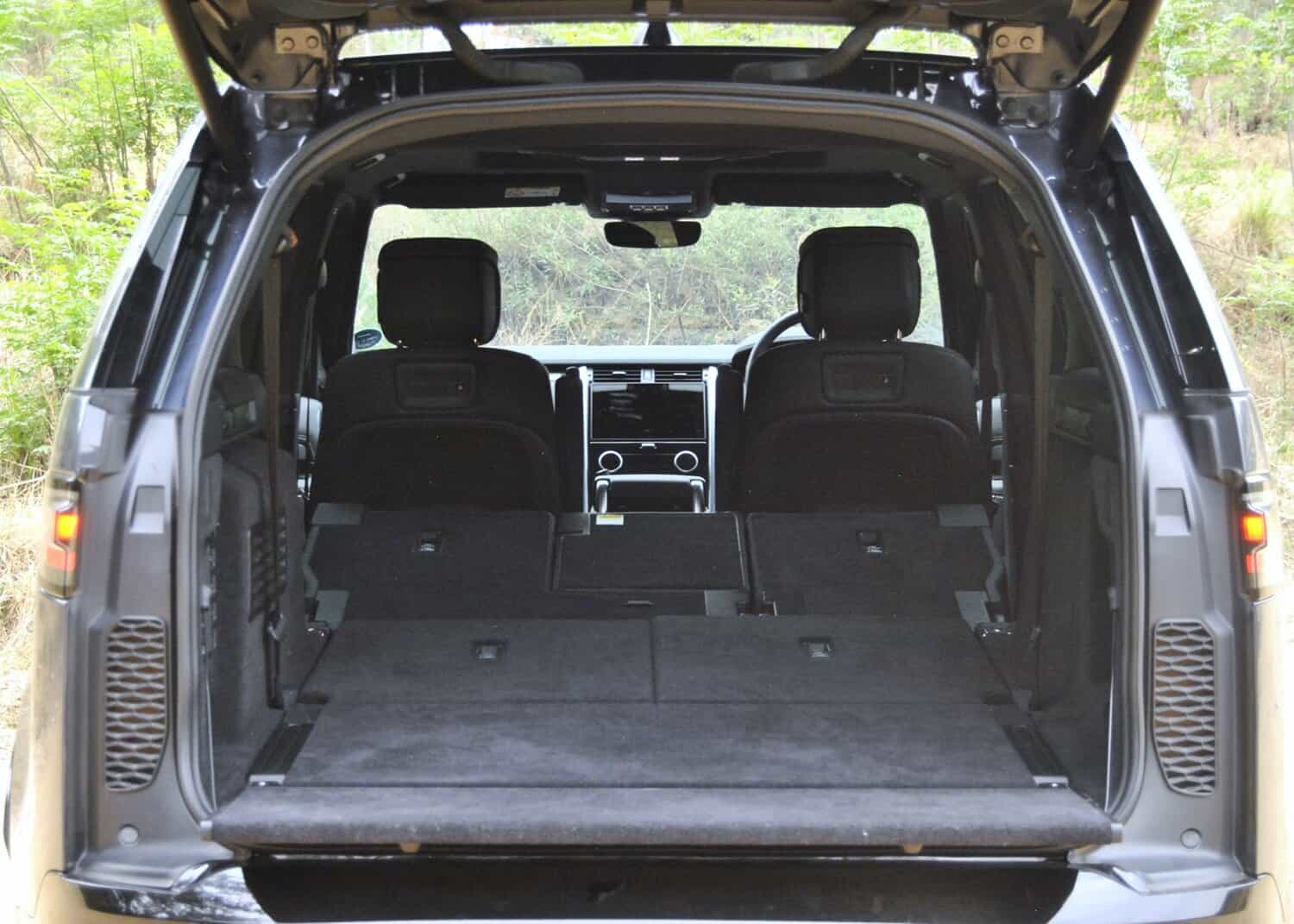
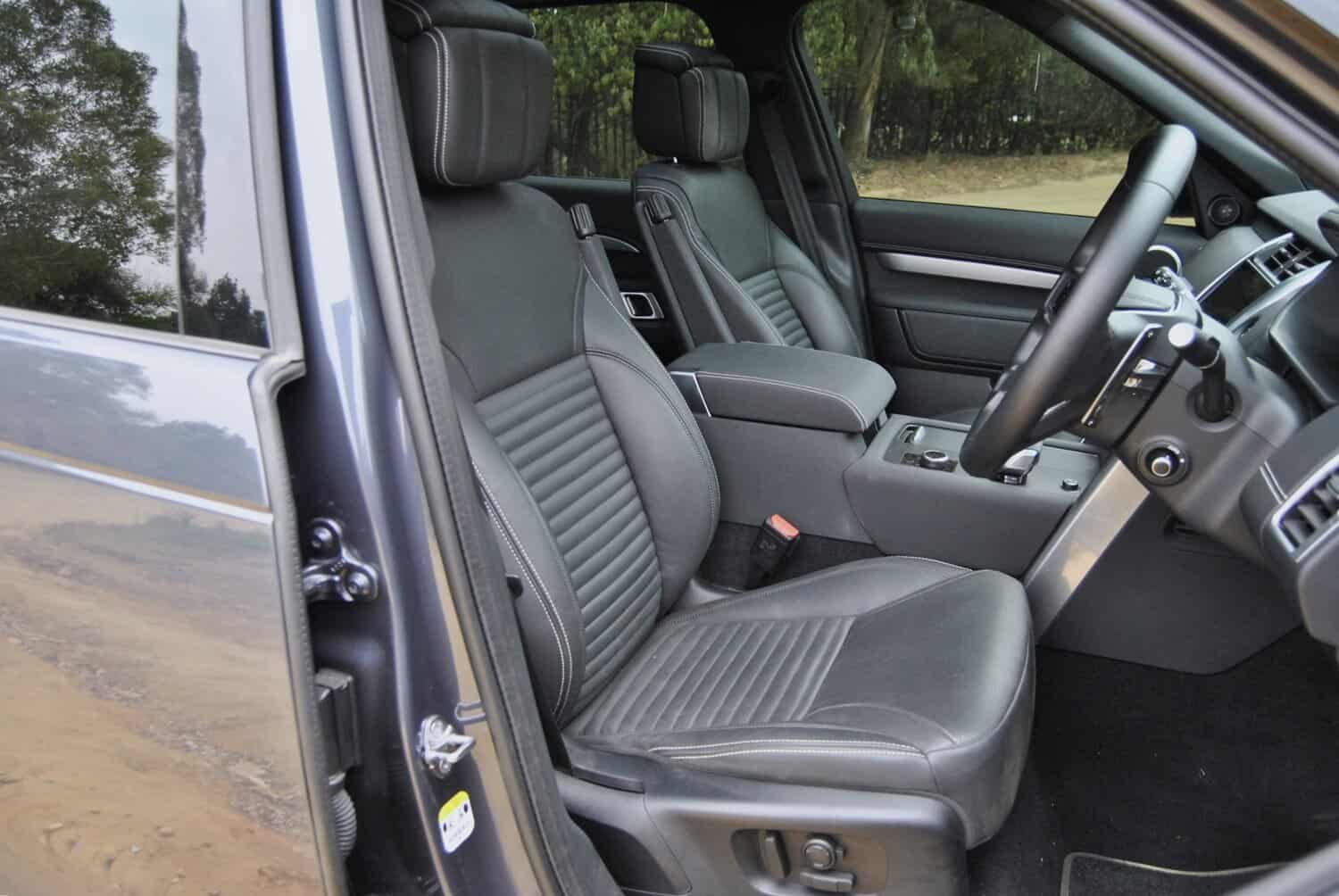
Aging off-roader still has the charm, versatility and added practicality for seven to rival its more rugged sibling, but at a cost.
Last year marked the 35th anniversary of the Land Rover Discovery as parent company JLR’s then intermediate model between the Defender and Range Rover.
Marketed at the time of its launch as a combination of both, but arguably more skewed towards the latter, the subsequent years have not been kind to the Disco when taking into the account the reliability issues of the second generation and infamous air suspension dramas of the Discovery 3.
Fifth time not full lucky
Fast forward to 2025, the current fifth generation Discovery has had is just as tough, albeit for different reasons.
ALSO READ: Jaguar-Land Rover officially becomes JLR without Land Rover
Aside from being eight-years old, it has had to deal with a controversial appearance billed by Chief Designer Gerry McGovern as paying tribute to the original.
The offset rear facia styling has, however, not been viewed in the same capacity, with some observes attributing this as one of the reasons for the Disco’s sales underperforming.
DON’T call it a Land Rover
The arrival of the Defender, which now accounts for the largest share of the brand’s sales, hasn’t helped either, as has the bizarre decision to no longer refer to the Discovery – and Defender- as a “Land Rover”.
Similar to JLR no longer calling itself Jaguar Land Rover, the Defender and Discovery are now brands of their own and no longer referred to as “Land Rover Discovery” or “Land Rover Defender”.
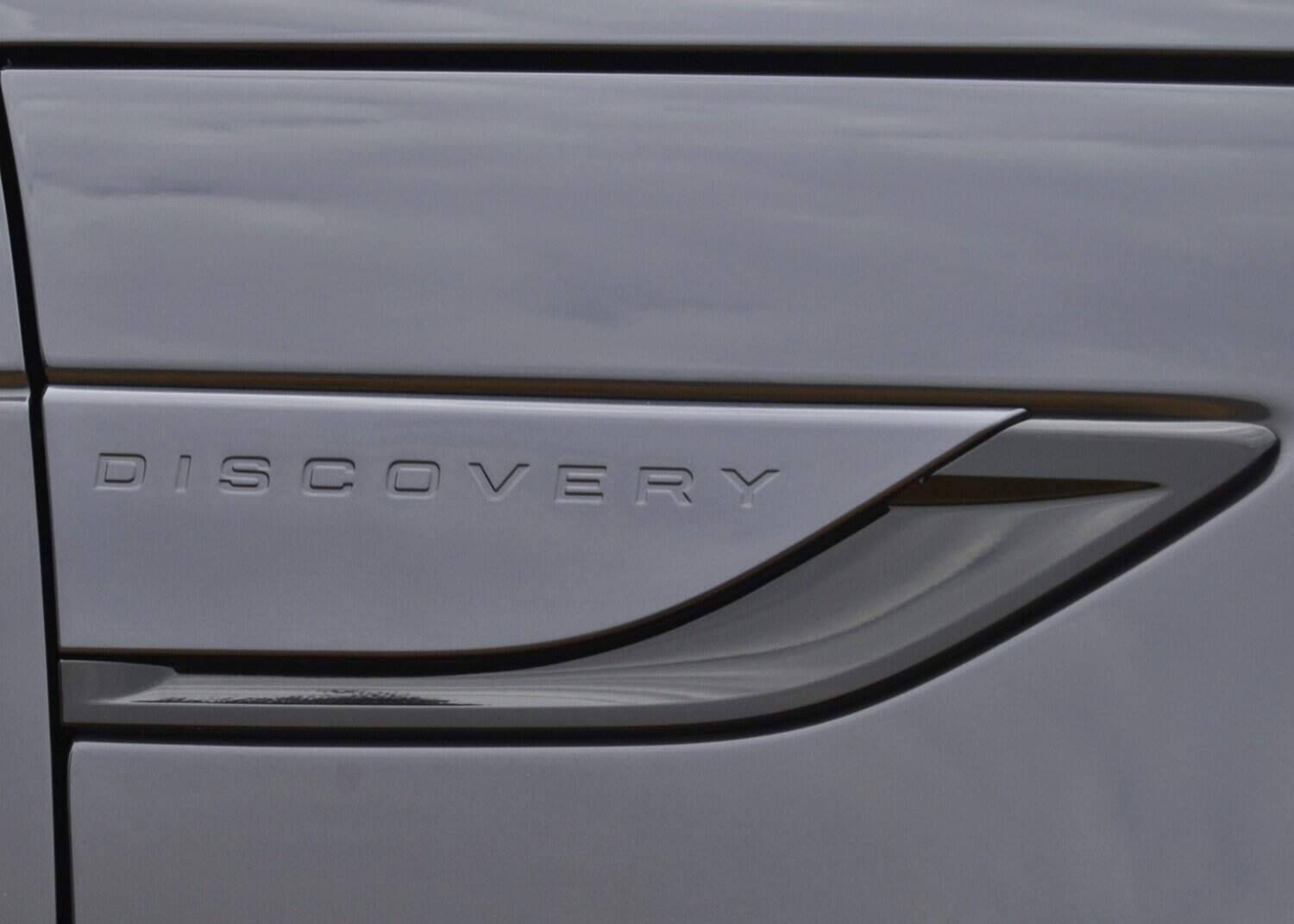
“The reality is Range Rover is a brand and so is Defender. Customer say they own a Range Rover. In luxury, you need absolute clarity. We love Land Rover, but there isn’t as much equity as Range Rover, and Defender is increasing massively,” McGovern told Britain’s Autocar in 2023.
Despite the Land Rover badge still being present on the Defender and Discovery’s grilles, it no longer carries any weight similar to how a Range Rover is called “Range Rover” and not “Land Rover Range Rover”.
Final farewell?
The same logic applies to the Discovery, which has received multiple special editions and range realignments ever since its actual one and only true facelift five years ago.
Soon set to be discontinued in favour of a reported EV, the fifth generation is effectively on run-out and set to bow out along with its namesake, the Discovery Sport, once the electric version arrives.

A move seen as deliberate to avoid overlapping with the Defender, the surprise arrival of the Discovery for the weeklong stay served as a final farewell for JLR’s once popular volume-selling seven-seater.
Restructured back in May to accommodate the Tempest and Gemini special editions, the Carpathian Grey example that arrived was neither, but the “conventional” Dynamic HSE.
Powered by the upgraded 3.0-litre Ingenium straight-six turbodiesel engine with mild-hybrid assistance, the Disco showed its competence, without holding back, in the clearest possible way throughout the seven days.
The looks
Visually, the Discovery has aged rather in spite of not have received any other minor revisions since the 2020 facelift.

That being said, the mentioned rear facia design is still a contentious issue. In simple terms, it looks awkward and nowhere as imposing or striking as the front continues to be.
As standard, the Dynamic HSE rides on 22-inch alloy wheels as fitted to the test unit, however, 20 or 21-inches can be specified.
Still modern interior
Similar to its exterior, the Discovery’s interior doesn’t feel its age. However, this can be attributed to JLR having been more punctal on the update front with each passing year.
The 11.4-inch Pivi Pro infotainment system, still set into the dashboard, is still an easy system to get a hold off in spite of looking the complete opposite with its plethora of icons and shortcut “buttons” on the side of the display.

Unlike some its rivals, the minimalist design, which includes the toggle switch gear lever looking somewhat lost on the centre console, hasn’t resulted in the eschewing of physical switchgear.
Besides the buttons and toggles on the steering wheel, the tri-zone climate control comes replete with buttons and two knobs, which also act as interface for the heated and ventilated electric front seats.

Fit-and-finish is typically premium JLR with soft-touch plastics plus the expanded ebony Windsor leather, along with satin alloy inserts on the heated steering wheel and brushed aluminium stripes on the dashboard.
In a continuing Discovery norm, space lacks for little as, apart from rear seat head-and-legroom, storage areas come in a variety forms – the niftiest being behind the climate control panel that folds forward using the toggle button in the centre.
Space for seven
Aside from the comfort and support provided by the front seats, which also feature a massaging function, the Dynamic HSE adds heating and cooling functions to the second row, plus heating for the third.

More crucially, both the second and third rows fold and rise electrically, but in a comparatively quick motion compared to the lesser D300 R-Dynamic SE driven four years ago.
Activated by a panel integrated into the sides of the boot wall, the electric adjustment extends to the rear section of the air suspension, which can be lowered to aid loading heavy or large items without scrapping the boot lip

The loading lip itself folds down either separately or with the tailgate, thus allowing for a seating position and preventing items from sliding out of the boot when the tailgate is opened.
Box practical
Getting into the third row presents somewhat of a challenge as the second row only slides forward instead of tumbling. Seating is, therefore, strictly for children.

Given its boxy design, the Disco’s practically aspect involves an admittedly small 258-litre boot with all seven seats in use.
Lowering the third row unlocks 1 231-litres, with a total of 2 391-litres being available with the second row also lowered.

As for spec, and besides the items mentioned, the Dynamic HSE comes equipped with, amongst others, a dual-pane panoramic sunroof, surround-view camera system, electrically adjustable steering column, refrigerated centre console, Adaptive Cruise Control and the cracking Meridian sound system.
Sorted drivetrain
Compared to the R-Dynamic SE, the Discovery’s biggest difference involves the Ingenium straight-six oil-burner.
Excluding the 48-volt mild-hybrid system, the unit, as per its D350 nomenclature, now produces 350 pferdestarke (PS) or 257 kW versus the D300’s 221 kW.
Backed by 700 Nm of torque, 50 Nm more than before, the Disco’s 2 292 kg kerb mass is even less prominent feeling than before on acceleration.
While a bit of low-down lag is still present, the engine quickly spools up to deliver a stream of punch that never ends, accompanied by a typical six-cylinder burble.
Smooth, refined and quiet once on the move, the diesel’s characteristics carryover to the ZF-sourced eight-speed automatic gearbox.
One of the most renown and lauded transmissions available today, the ‘box goes about its business unobtrusively and besides being slick, reacts quickly and without hesitation when shifting down, thus almost nullifying the need for the still nice-to-have-paddle shifters.
While a Dynamic mode is provided, which quickens the gearchanges and makes the throttle response sharper, the drivetrain feels noticeably adept without left in the default Comfort setting.
Sorry…
As before, the Discovery retains the Terrain Response 2 off-road system, however, its prowess couldn’t be tested for fear of damaging the road-biased tyres or scratching one of the alloy rims.
In total, the system has six modes; Auto, Mud, Sand, Grass/Gravel, Snow and Rock Crawl, the latter only selectable in conjunction with low range.

At the same time, a transparent view camera is provided to avoid clipping or failing to notice completely otherwise unseen obstacles off-road.
Working with the adaptive air suspension, the Discovery’s ground clearance varies from an “everyday” 210 mm to 283 mm fully raised. Centre and rear locking differentials still feature, though again, neither were put to the test.
The drive
Instead, the bulk of the seven-days was used in the urban jungle where apart from the engine, the suspension resulted in a floaty but not overly willowy ride.
What’s more, the steering is light and noise intrusion is almost absent, though the almost 2.3-tonne mass becomes apparent when braking or suddenly stomping on the anchors.
Given its usage, fuel consumption suffered as a best of 12.8 L/100 km was recorded over the 212 km period.
Unsurprisingly, this is likely to drop out on the open road as the week with the D300 netted a best of nine-litres per 100 km.
Conclusion
As much as it lacks the rugged persona of the Defender, the Discovery still has a certain charm for arguably still being the most versatile “Land Rover” product available given its seven-seats.
Noticeably more expensive, though, than a comparative Defender D350 at R2 136 800 without options, the Discovery still strikes an ideal balance between understated luxury, off-roading and family practicality its sibling still has to master.
NOW READ: Sheer class helps Discovery Landmark overcome sibling rivalry



